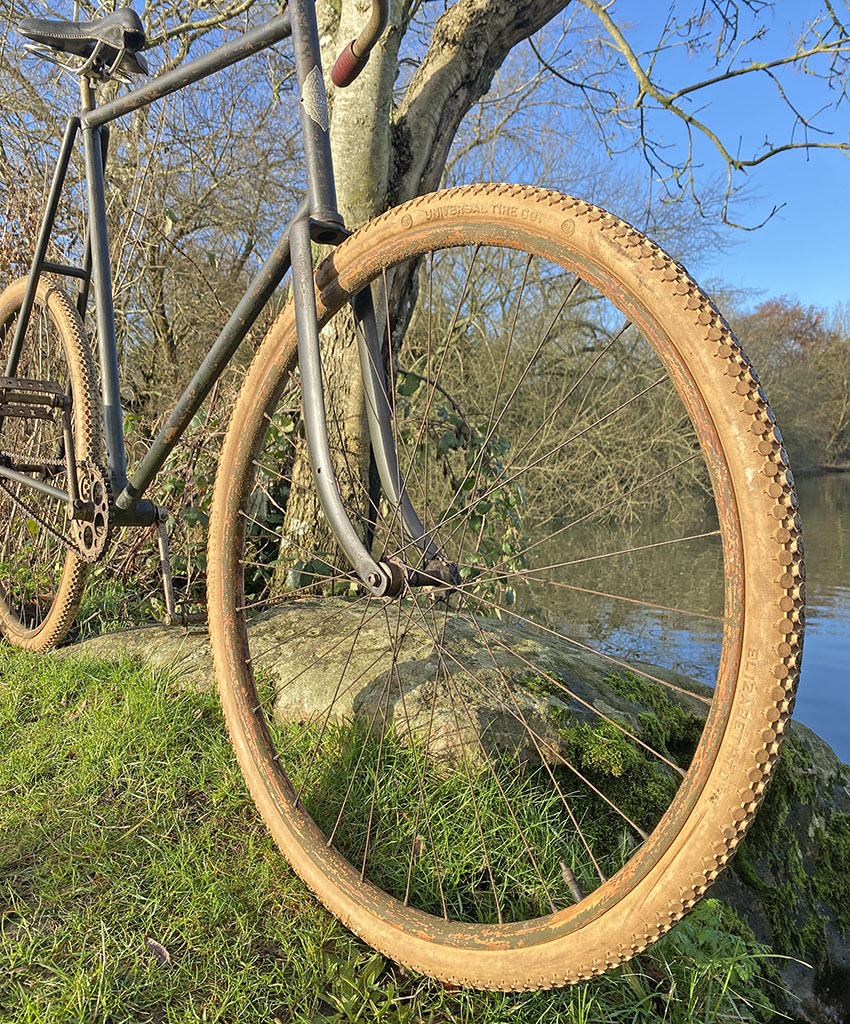For price and purchase, please click here… 

Iver Johnson built bicycles for the John P. Lovell Arms Co until the death of Iver Johnson in 1895. Both company names appeared on the headbadges of these bicycles. When Iver’s son Fred took over the business, apparently there was a disagreement over price, with the result that Lovell started making their own bicycles at a new factory in Portland, Maine, and Iver Johnson bicycles no longer had Lovell Diamond names on their badges.
In 1900, Iver Johnson Arms & Cycle Works bought out the John P. Lovell Arms company, ending the cycle production in Maine. That same year, Iver Johnson started using the Lovell Diamond name on their cycles again. In 1900, Iver Johnson patented and launched their new truss-bridge model under their own company name, and a different truss frame design was sold under the Lovell Diamond badge.


1895 Lovell Diamond
Built by Iver Johnson
25″ Frame
28″ Wooden wheels with solid tyres
Fixed wheel

With both the Iver Johnson and Lovell Diamond names appearing on its headbadge, this appears to have been made in the final year that Iver Johnson built bicycles for the John P Lovell Arms Co. The chainwheel is slightly different from the 1895 Lovell Diamond catalogue illustrations and the handlebar only has a slight drop, but other components are the same. In my opinion it was built in 1895 ready for the 1896 season. I can not find an 1896 Lovell Diamond catalogue for cross-reference; maybe there were none in that year, as Iver Johnson had stopped building bicycles for the company? It could also be the Model 25 Full Roadster, which again I can not check as there is no illustration; it mentions that all the extra parts added to turn the light roadster into a full roadster can be removed.
The machine has an excellent build quality, comparable, in my opinion, to that of other top-selling American cycles of that time such as Columbia, Victor and Rambler. It’s in very good unrestored condition with original red paintwork. You can see the remains of its box lining on the fork and most parts of the frame. Wooden wheels were the weak point of American bicycles when they were new, and 127-year-old original wooden rims need to be treated carefully now. If you look carefully you can see that the rear wheel was out of true when I took these photos. I’ve now had it serviced by a wheel builder. It’s fine for local cycling on a good surface and is ready to ride.






1895 LOVELL DIAMOND CATALOGUE EXTRACTS





























































Information and illustrations with thanks to thecabe.com

































































